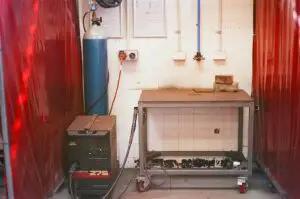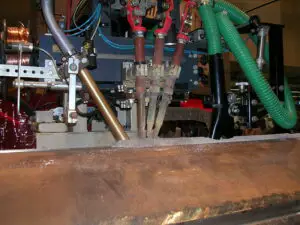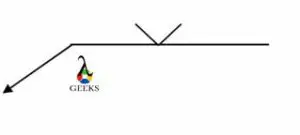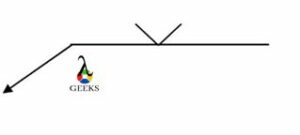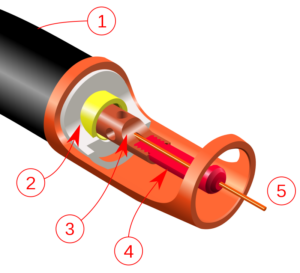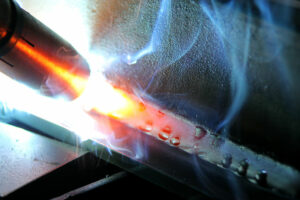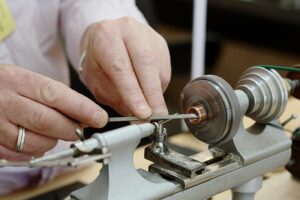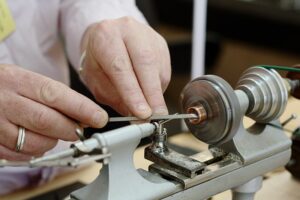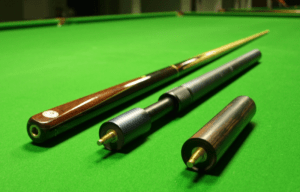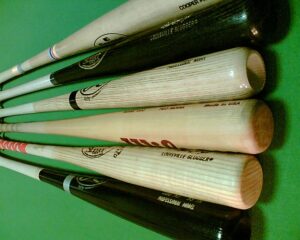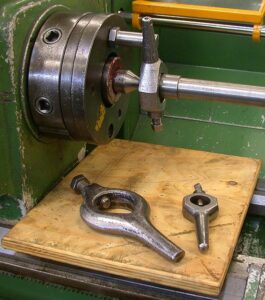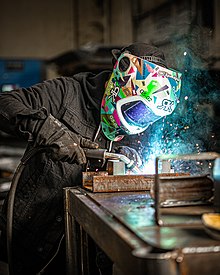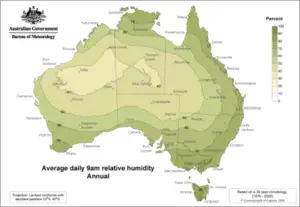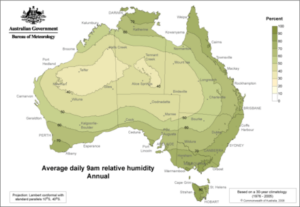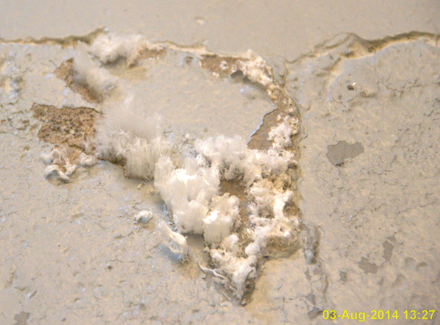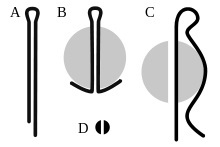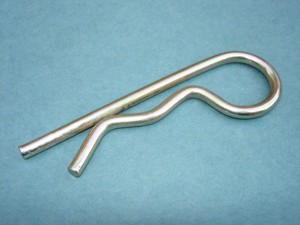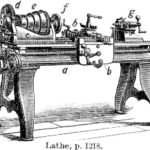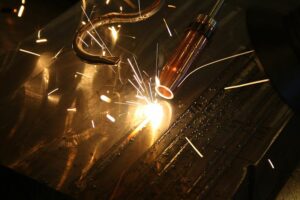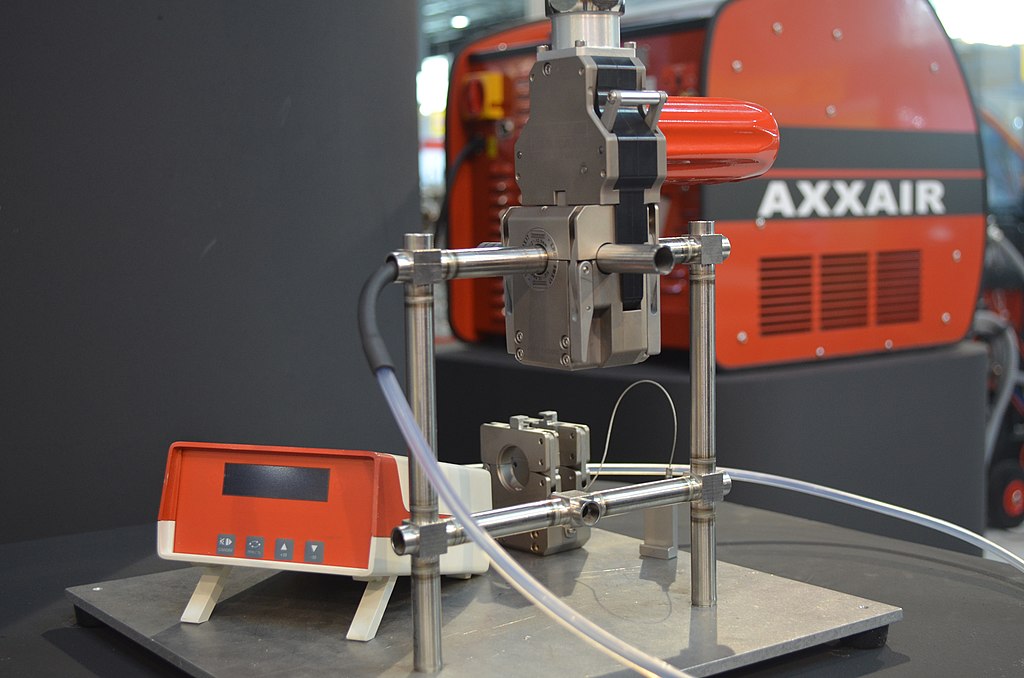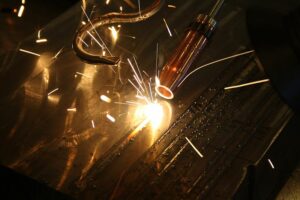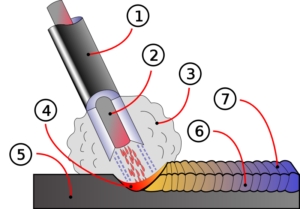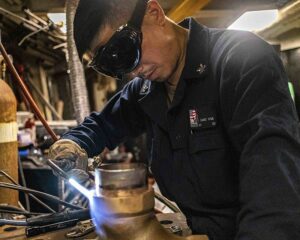In this article, the topic ,”groove welding” with groove welding connected facts such as, Symbol, Diagram, Process, Machine, Strength will be summarize.
The groove welding is used when the portion of the base metals are comes together to each other in a similar level. The groove welding is applied in the joints of the butt and it can be take a preparation before or after the process of welding in base metals. The most common groove welds known as, Butt joint.
What is groove welding?
The groove welding can be divided in two parts. One groove welding named as Single V groove and another groove welding named is Double V groove.
Groove welding can be defined as, groove welding actually a classification of welding process where the weld of the base metals is preserved in the groove received by the two feature of the plates of the butting or features of the tubes. Groove welding and Butt welding can be same.
Types of groove welding:
The shape for the preparation of the groove is the discerning creator for the classification of the weld of the groove.
Mainly groove welding can be classified in two parts,
- Single V groove
- Double V groove
The types of groove weld are based on the preparation of groove such and classified such as,
- Single Bevel groove weld
- Double Bevel groove weld
- Single V groove weld
- Double V groove weld
- Single U groove weld
- Double U groove weld
- Single J groove weld
- Double J groove weld
- Flare V groove weld
- Flare bevel groove weld
Groove welding symbols:
The parts which are consists of the weld of groove are Groove angle, Root face, Bevel angle, Root gap.
The steps which are describe the symbols for the Welds of the Grooves are listed below,
- Determine the classification of the joint and preparation of the joined is required
- Visualize the opening of the root
- Visualize the angle of the groove
- Visualize the radii of the root and also the face dimension of the root
- Visualize the thickness of the groove
- Visualize the size of the weld
- Visualize the contour finish
- Visualize the finishing process
- Visualize the edge of the joint
Determine the classification of the joint and preparation of the joined is required:-
The AWS A2.4:2007 is introduced by the American Welding Society they are published the symbol for the process of welding which contain different classifications of joints of groove which can be double or single. Single groove means joint by only one side and double groove means joint by both side. The symbols of the welding for the different types of joints of groove are listed below,
- Bevel groove
- V groove
- Scarf
- Square groove
- U groove
- J groove
- Flare V groove
- Flare bevel groove
Visualize the opening of the root:-
The opening of root will be indicating within the sign of the groove type. Root opening actually the amount of the detachment by the two pieces of the base metal. If detachment is not present showing that’s mean no space is present in by the parts. 0 is also admissible for the sign of the root opening.
Visualize the angle of the groove:-
The groove angle is expressed as degree. The angle of the groove can be present in the above section or the below section of the dimension of the root. The presences of groove angle depend upon the arrow.
Visualize the radii of the root and also the face dimension of the root:-
In the two ways, the radii of the root and also the face dimension of the root can be determined. The ways are listed below,
With the help of the drawing of cross section the dimension for the root opening is shown.
Need to note down the tail for the symbol of the welding process.
Visualize the thickness of the groove:-
The thickness of the preparation of the grooves is shown in the side of the left of groove weld symbol.
Visualize the size of the weld:-
In a groove weld, weld size is the effective throat. The weld size is included the penetration rate of the root of the groove and also the depth of the groove. The weld size will be display the left side of the symbol of the groove in parenthesis. If number is absent in the parenthesis then weld size not be lower than the depth of the groove.
Visualize the contour finish:-
The contour finish for the fillet weld can be classified in three categorized, such as,
- Flat contour finish
- Concave contour finish
- Convex contour finish
Visualize the finishing process:-
The symbol of the welding describes how much contour can be achieved. As a example, a flat contour by the grinding process the requirement is, AWS A2.4:2007 is introduced by the American Welding Society standard symbol for Brazing, Non-destructive investigation identified methods of finishing with 7th unspecified method,
- C – Chipping
- G – Grinding
- H – Hammering
- M – Machining
- P – Planishing
- R – Rolling
- U – Unspecified
Visualize the edge of the joint to be produce when the picture demands for a single bevel:-
In the case for the J groove, flare bevel and bevel symbol of welding inform us which side need to produce by having an arrow which is broken. When we observe the arrow which is already broken that’s mean the particular the side of the weld need to prepared. The most effective factor for the groove weld is, the size of the weld and the type of the weld.
Groove welding positions:
The process of groove welding can be serial following to the location of the workpiece or the joint of the welding in sections or plates being welded.
The American Welding Society according to the positions of the groove welding classified in four sections and they are listed below,
The symbols of the welding for groove are listed below,
- 1 representing to a position which is flat – either 1G
- 2 representing to a position which is horizontal – either 2G
- 3 representing to a position which is vertical – either 3G
- 4 representing to a position which is overhead – either 4G
1G or Flat position:-
The 1G or Flat position is work from the upper of the groove joint. The face of this type of weld is approximately in horizontal.
Another term for the 1G or Flat position is down hand.
In other word 1G or Flat position can be explained as, the deposition of the base metal is done from the above.
2G or Horizontal position:-
The position of the plate will be at vertical plane with the axis of the weld horizontal.
3G or Vertical position:-
The position of the plate will be at vertical plane with the axis of the weld vertical.
4G or Overhead position:-
The position of the plate will be at horizontal plane with the axis of the metal of the weld preserved from underneath.
When any type of conservation is done related to the position of the weld that time the main factor plays the role is face of the weld.
The number for the position of the weld is representing the type of the weld such as, F stands for Fillet, G stand for Groove.
Groove welding process:
In the process of the narrow groove welding is another name is narrow gap welding. The process of the narrow groove used to weld the sections which are comparatively thick.
To weld the any base metals with the help of V groove welding, the process of welding are used are listed below,
Gas tungsten arc welding:-
In the Gas Tungsten Arc Welding method (GTAW) an electrode is used which should be non consumable to produce high temperature near about 3800 degree centigrade and temperature have more melting point than the base metal to create the weld for the desired shape.
In the materials where Gas Tungsten Arc Welding method is applied are non – ferrous metals such as magnesium, aluminium, stainless steel.
Follow some basic process to run the Gas Tungsten Arc Welding method smoothly:-
Need to wear protective gear.
- The material use in the Gas Tungsten Arc Welding method should be clean.
- Keep the right angle of the torch.
- Minimum power should be use to run Gas Tungsten Arc Welding method.
- Filler rod should not be dissolve directly.
- Right Tungsten should be choosing.
- Working with the stainless steel.
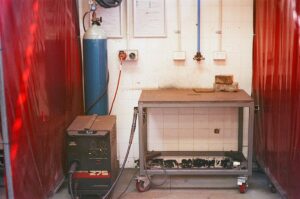
Advantages:-
Advantages of Gas Tungsten Arc Welding method are listed below,
- Flux is not required.
- Clean welds can make with Gas Tungsten Arc Welding method.
- High quality weld can made with Gas Tungsten Arc Welding method.
- Allow all position of welding.
- Smoke is not produce.
- Sparks and slag also not produce.
- Work with verities of metals.
- Filler metal not essential.
Disadvantages:-
Disadvantages of Gas Tungsten Arc Welding method are listed below,
- Deposition rate is too low.
- High skilled welders are needed.
- Dissimilar metals cannot be work with the Gas Tungsten Arc Welding method.
Submerged Arc Welding:-
The welding process of submerged arc welding is used in various industrial fields such as, vessel construction and structural constriction. Submerged arc welding is automated process but also semi automated system is also available. The materials which are used in the submerged arc welding are low alloys steel, carbon steels, and nickel based alloys.
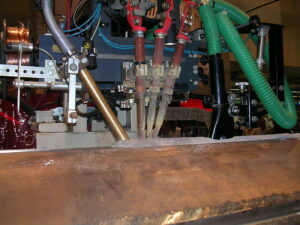
Image Credit – Wikipedia
Advantages:-
Advantages of Submerged Arc Welding method are listed below,
- Less distortion.
- Thick material can be welded with the help of Submerged Arc Welding method.
- Minimal edge preparation.
- In the Submerged Arc welding method arc light emitted in very low portion.
- Very less emission of welding fume.
- Strong in nature.
- Both outdoor and indoor work can be done with the help of Submerged Arc Welding method.
- Deposition rate is too high.
Disadvantages:-
Disadvantages of Submerged Arc Welding method are listed below,
- Flux handing is difficult.
- Not portable.
- Submerged Arc Welding method may be limited to flat or horizontal-fillet welding positions.
Gas Metal Arc Welding:-
In the automotive sector and household purposes Gas Metal Arc Welding method is widely used. Gas Metal Arc Welding method Welding can be used in very thick metal sheet the metal sheet thickness can be vary upto 40 mm.
The materials which are used in the Gas Metal Arc Welding method Welding method are steels, non – ferrous materials.
In the Gas Metal Arc Welding method the equipments which are used are Welding power supply, Welding torch, Wire feed unit, Shielding gas supply and Welding electrode wire.
Advantages:-
Advantages of Gas Metal Arc Welding method are listed below,
- Skilled operator not needed to run the Gas Metal Arc Welding method.
- Allow all position of welding.
- By the help of Gas Metal Arc welding method alloys and metal both can be welded.
- The Gas Metal Arc Welding method is fully automated for this reason a huge amount of production can be made.
- Weld penetration is good.
- Strength of the Gas Metal Arc Welding method is superior with similar sizes of welds.
- Emission of welding fume is less.
Disadvantages:-
Disadvantages of Gas Metal Arc Welding method are listed below,
- Process is complicated.
- Initial cost is high.
- Maintenance cost is high.
- Pre cleaning is necessary for the base metals.
- Used base metal should be rust free.
- Deposition rate is not too high.
- Smaller construction cannot be done with the Gas Metal Arc Welding method.
Groove welding in flat position:
Groove welding in flat position is worked from the upper portion of the joint. The face of the groove welding in flat position is nearly stays at horizontal position.
The American Welding Society according to the flat positions of the groove welding classified in four sections and they are listed below,
- 1G or Flat position
- 2G or Horizontal position
- 3G or Vertical position
- 4G or Overhead position
The symbols of the welding for groove are listed below,
- 1 representing to a position which is flat – either 1G
- 2 representing to a position which is horizontal – either 2G
- 3 representing to a position which is vertical – either 3G
- 4 representing to a position which is overhead – either 4G
Groove angle in welding:
In a single-bevel groove weld, the included angle is same to the bevel angle but for a single-v groove weld, the included angle is not same to the bevel angle. If both plates were bevelled at the 30-degree angles, the included angle would be 60 degrees.
When to use groove welds in steel?
The groove welds in steel will be used when to come the parts of the base metal together in the same surface. The groove weld will be applied in a butt joint and may have a preparation or not before welding.
Groove welding use:
A groove weld will be used when the parts of the base metals come together in the same plane. Groove welds is applied in a butt joint and may have a preparation or not before welding. This is the reason there are several types of groove welding symbols.
Conclusion:-
The groove weld is, a lowland in the face of the workpiece or an opening between two joint members take measuring space to contain weld metal. When the characteristic of the plates of the butting are made groove in that particular case the groove welding and butt welding became same.
